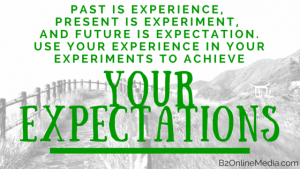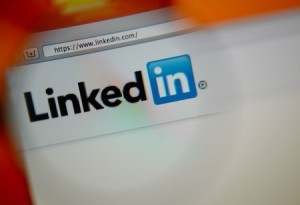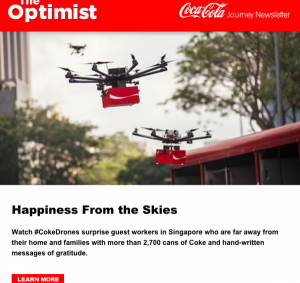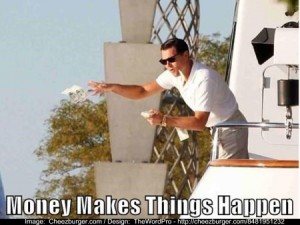Are you looking for a powerful way to grow your business and connect with your target audience? If so, you may want to consider hosting webinars on your website and social media.
Webinars are one of the best ways to grow your lead lists and engage with potential customers. But creating and marketing a webinar can be time-consuming, and you need to get it right if you want your event to be a hit with the community.
Regardless of the challenges that come with webinars, we expect more businesses to use them in the coming years. Research shows that 84% of online shoppers have made a purchase in the past due to a branded video.
When you consider your website traffic and the 3.96 billion people that use social media channels like Facebook and Twitter, it’s easy to see why this marketing strategy has grown in popularity.
Other benefits of hosting successful webinars include:
- Easier ways to funnel new prospects
- Increased engagement across all platforms
- A stronger social presence and increased brand awareness.
If you want to start attracting attendees early, you need to get people to sign up in advance. Today, we will go over several tips to keep in mind if you want to create a highly effective webinar landing page.
Focus on the Topic
Before you create a landing page for your event, we recommend taking some time to think about the topic of your presentation. People will only attend webinars if they are interested in what you have to say. If you design a killer landing page on a boring topic, you won’t see the results you were expecting.
In our experience, the best way to pin down a topic idea is to talk to your customers. Send out surveys to your email and social media subscribers. You could also add a feedback form to your website and ask visitors to voice their thoughts on industry-specific topics.
If you already have several topic ideas in mind, you can engage with your followers on social media and simply ask if they would like to attend. You can learn so much from your customers, including which webinar ideas will be a hit.
You should also keep your audience segments in mind. Customer segments are a smaller part of your target audience and have unique goals and pain points. It’s easier to reach a segmented audience if you know what kind of issues they are facing and what they hope to achieve.
This part of the process is time-consuming but essential for your success. Start your webinar with a hot topic, and you’ll have more opportunities to capture registrations on your landing page.
Set Expectations and Put Your Value Proposition on Display
Next, let’s talk about setting expectations and putting your value proposition on display. Picking a hotly requested topic is a great start, but you have to go beyond this step if you want to get people to sign up on your landing page.
Explain how attending your webinar will differ from past experience. Don’t use this as an opportunity to talk badly about other creators. Instead, focus on what you plan to cover and how attendees will benefit from your information.
When building your webinar registration page, focus on the benefits of your features instead of the features. Most people don’t care that your program has a brand new button or function. The real question is, how will this feature solve a problem or help them reach a goal?
You can set expectations with on-screen text, but videos have proven particularly helpful with webinar registration pages. In fact, landing pages with videos tend to get 80% more conversions! If you don’t know what kind of video you should create, consider putting together a teaser trailer so visitors can get a glimpse of what to expect if they sign up for your event.
Simplify the Signup Process and Page Design
The truth is, 28% of people will abandon your site if the registration form if it’s too long or complicated. Similarly, if your landing page takes too long to load, users will leave without ever seeing the purpose of your event.
You can maximize conversions on your forms by keeping them short and sweet. We typically only ask three questions when a new user signs up for one of our webinars. We like to ask for their name and email address. Then, we include an optional question that we use to segment them into the appropriate list.
For example, you could ask users about their pain points, goals, or what they hope to learn by attending your event. At the end of every presentation, you should have plenty of user feedback that you can use to shape your next event.
You’ll also want to remove distractions from the registration page. That means keeping your sidebar, pop-ups, and navigation bar out of the way so users can focus on your offer. We also suggest checking your loading times to make sure your pages are loading fast and complete. You don’t want to lose potential subscribers because they couldn’t see the form or didn’t want to wait for the page to load.
Experiment with FOMO Marketing
Finally, let’s talk about a marketing strategy you can use on your webinar landing page called fear of missing out, or FOMO. Essentially, FOMO is when a consumer makes a split-second purchase or action based on the time limit on the offer or the product availability. Believe it or not, 7 out of 10 millennials experience FOMO. Interestingly enough, that information closely aligns with research that suggests 60% of shoppers have made a purchase due to FOMO.
There are several ways you can use FOMO marketing on your registration page. You could include a countdown timer at the top of the screen that lets visitors know how long they have to sign up. If someone is on the fence about attending but sees that the registration window ends in 12 hours, they may take action and sign up.
You can also use FOMO marketing by putting a limit on how many people can attend your webinar. Let’s use the previous example. Instead of a time limit of 12 hours, the visitor sees a box that reads “5 seats remains! Secure your spot now!” they are likely to click-through and attend your presentation.
Your results with FOMO marketing may vary when you first start using it on your site. You’ll have to experiment with these strategies in various capacities until you find something that works for your business model.
Final Thoughts
It’s clear that webinars are here to stay. Now is the perfect time to start using this strategy to grow your subscriber count and spread brand awareness. The tips outlined here today will help you build an effective landing page. Don’t forget to look over your analytics after every campaign so you can find new ways to improve your next webinar landing page.
Digital & Social Articles on Business 2 Community
(45)






